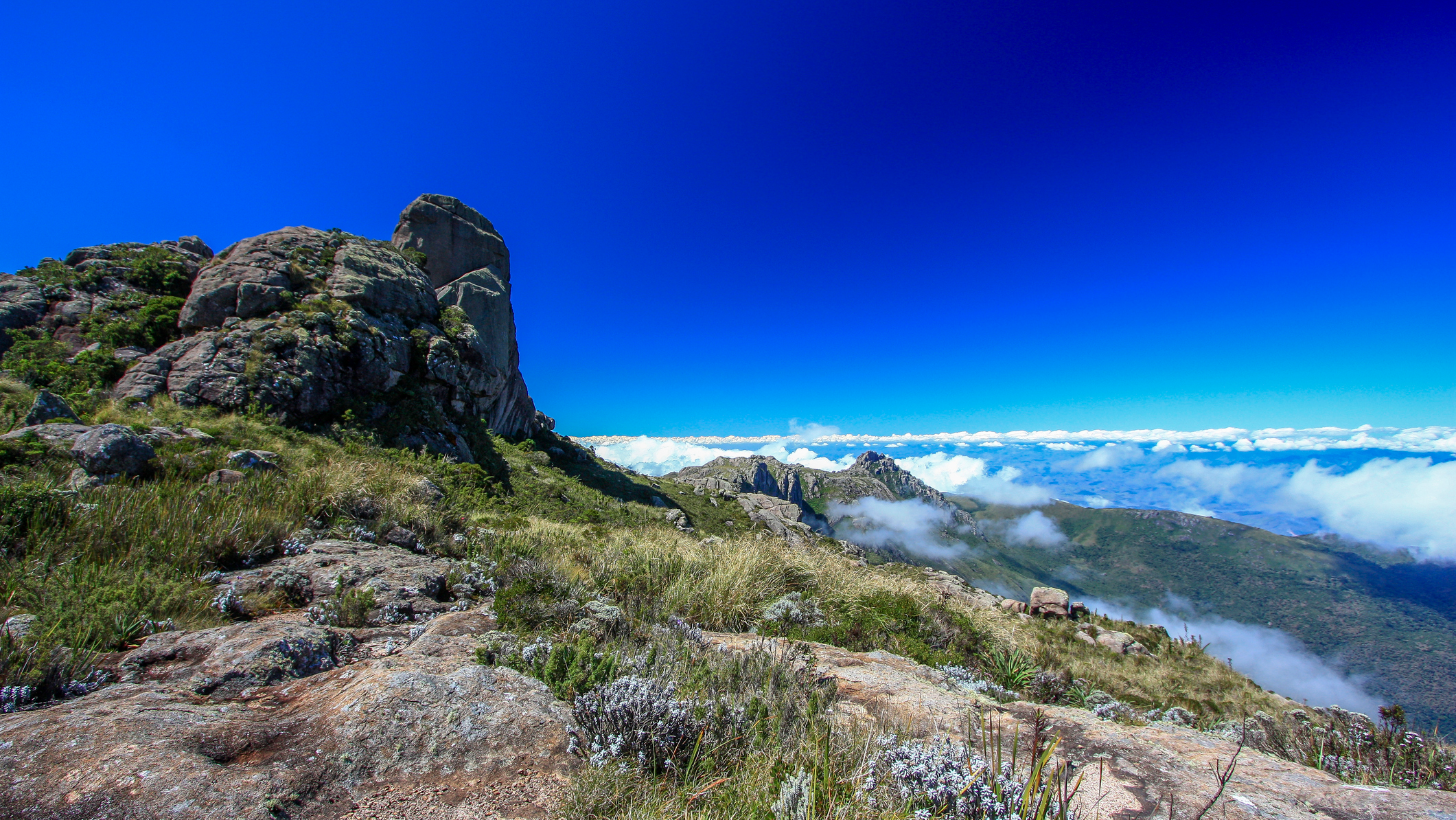Do you really need rain pants for hiking? Or are they just an unwanted weight in your pack?
Do you really need rain pants for hiking, or can you get away with quick drying trousers? Our experts look into the question
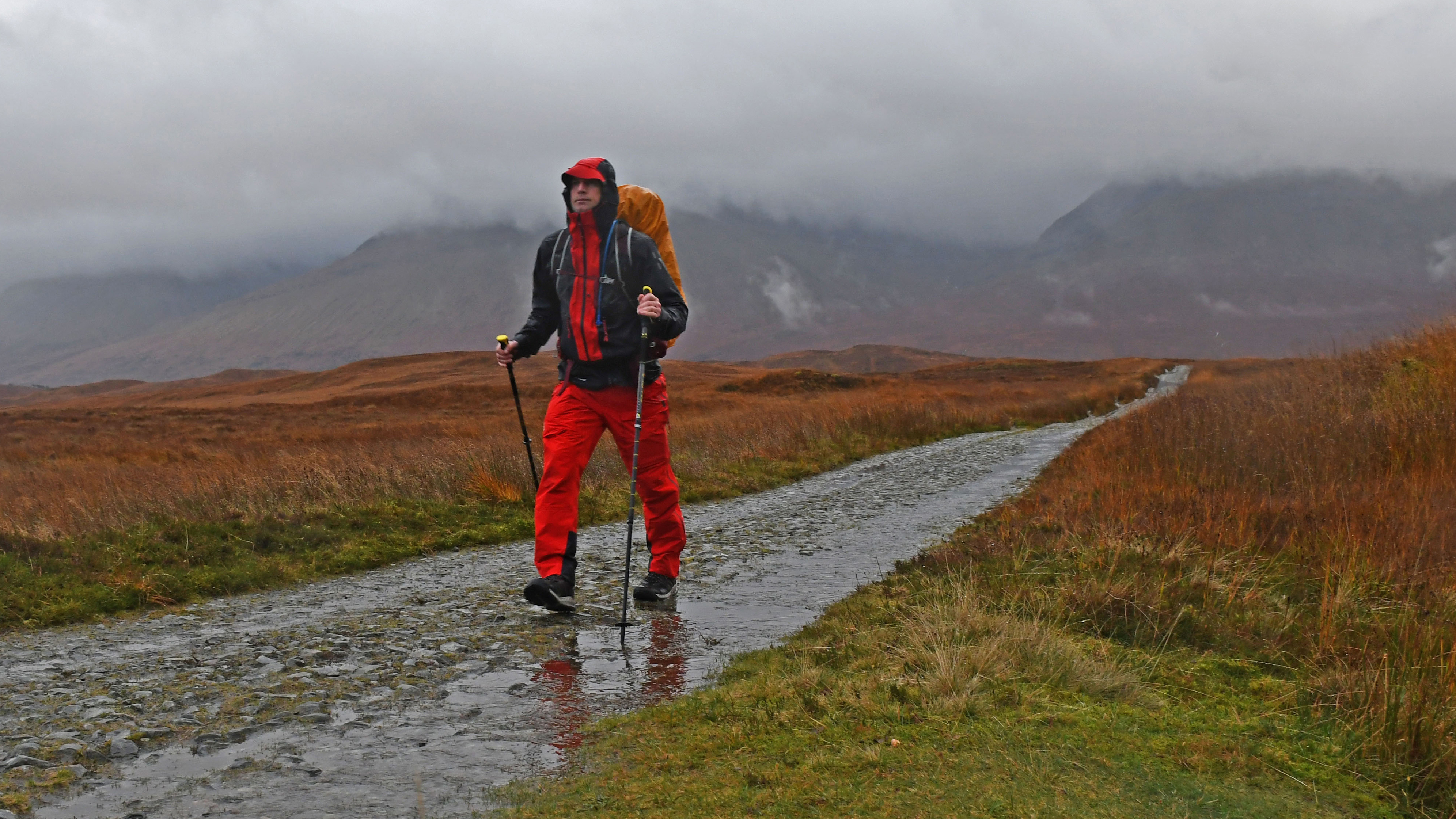
For a long time, I thought it was fine to risk getting a little wet. After all, hiking pants are pretty quick drying. When I lived in the Rocky Mountains, I was quite correct. Colorado is blessed with nearly-constant sunshine and when there is rain in the forecast, you certainly won’t be heading out on the trails. But, when I moved back to Scotland in 2020, I remembered that if you wait for a dry day to hike, you’ll never get out there. Oh, and when it does rain, it’s often blowing sideways, so your legs can end up as waterlogged as your torso. I soon ordered myself a pair of Keela Rainlife 5000 waterproof trousers. Now I feel quite confident going out in any weather.
Now that said, I’ll admit it – the rain pants still only come with me when I’m heading out in severe weather. Otherwise, it’s just extra bulk and weight in my backpack. So, do you really need rain pants for hiking?
Do you need rain pants for hiking?
You need rain pants for hiking if you're hiking somewhere where getting wet could lead to getting dangerously cold, or if you intend to be hiking for a long time, such as on a thru-hike.
The good thing about lightweight overtrousers is that you can put them in your hiking backpack and pretty much forget about them while the conditions are kind. There are many reasons you need rain pants but before we go into the specifics of when you might need them, let's consider what they are in the first place...
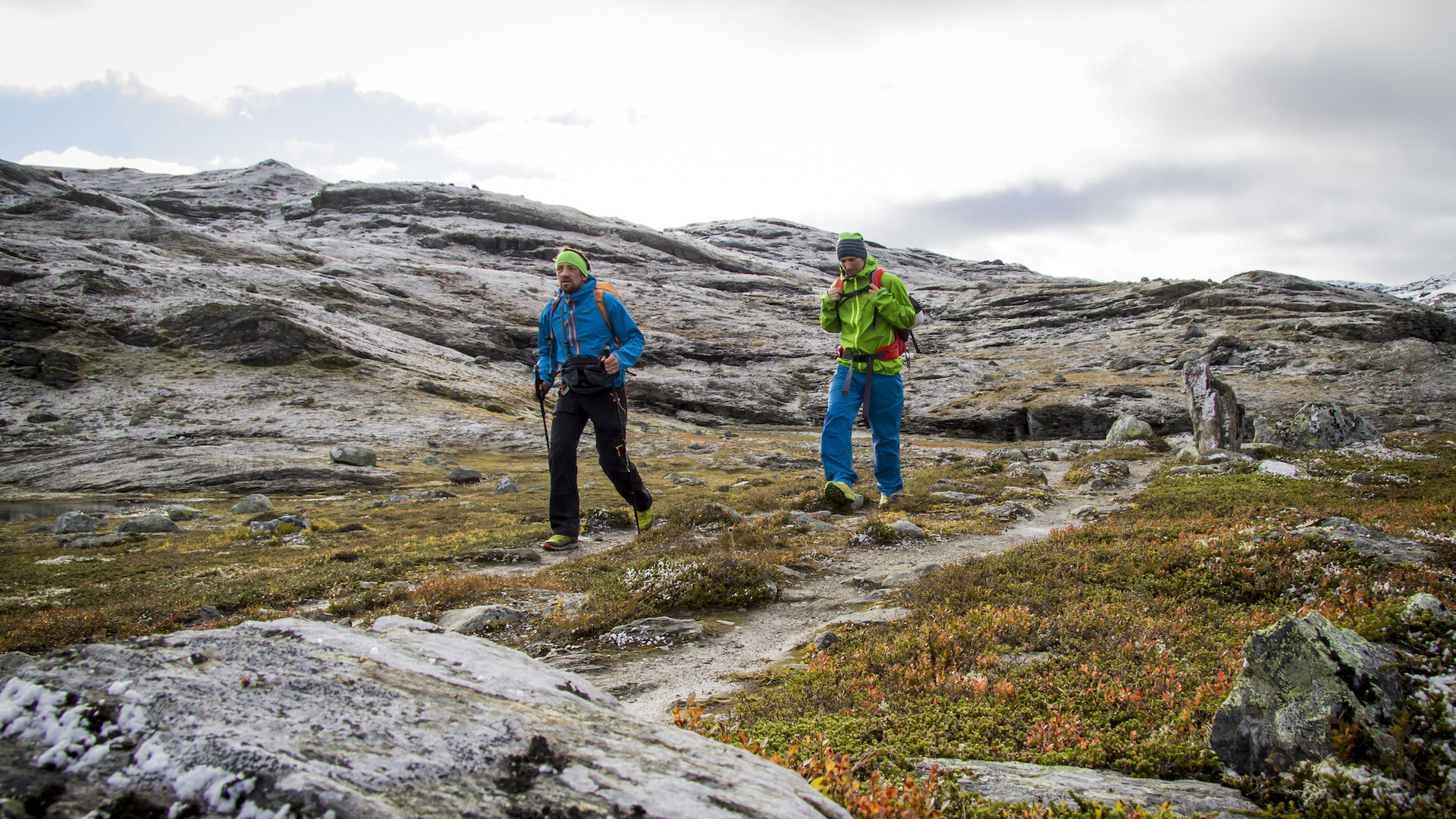
Meets the experts
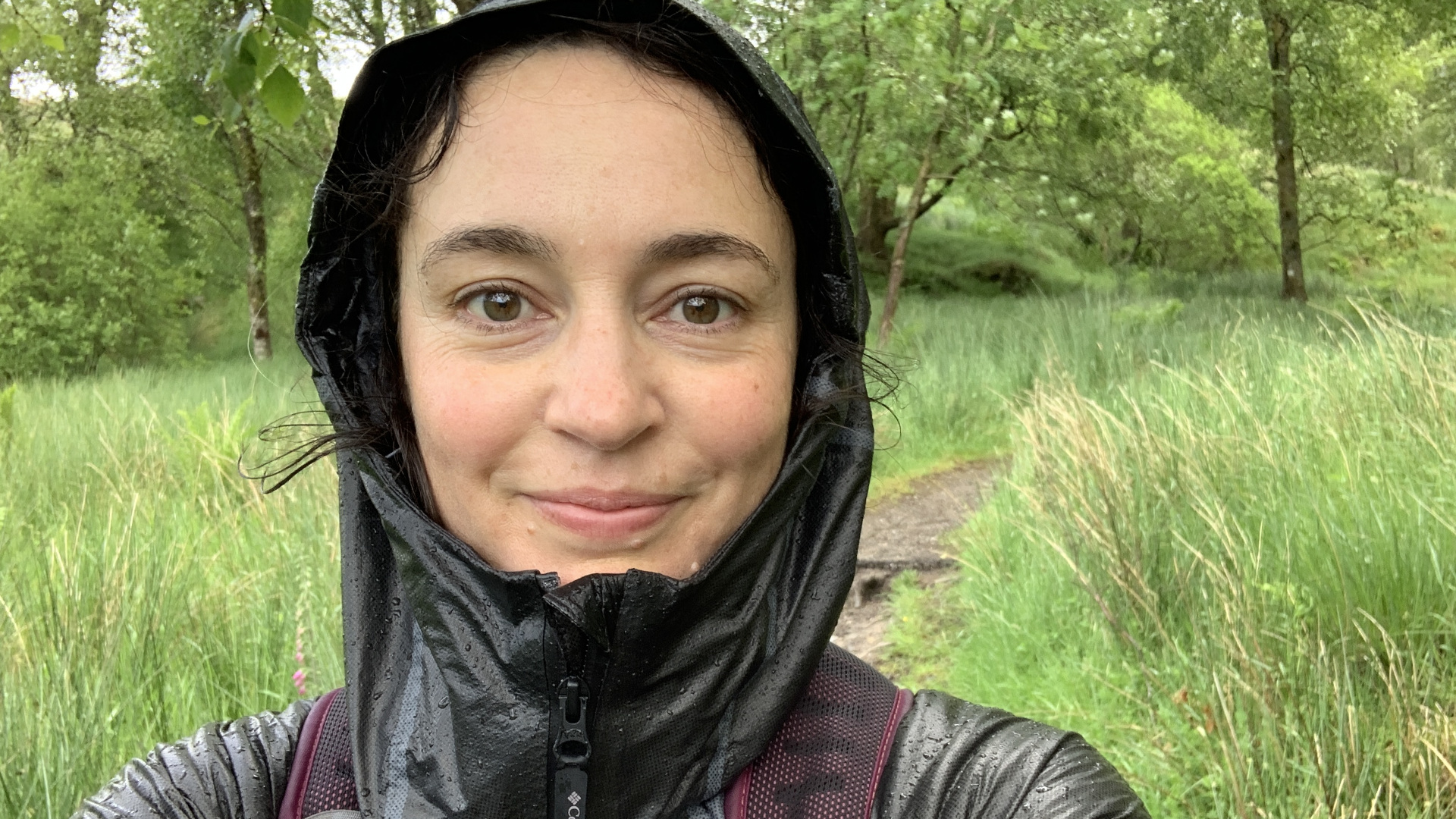
Living on the cusp of the Scottish Highlands, Julia is more than used to hiking in the rain. Our resident staff writer is an expert on all things hiking kit and has put many pairs of rain pants to the test down the years.
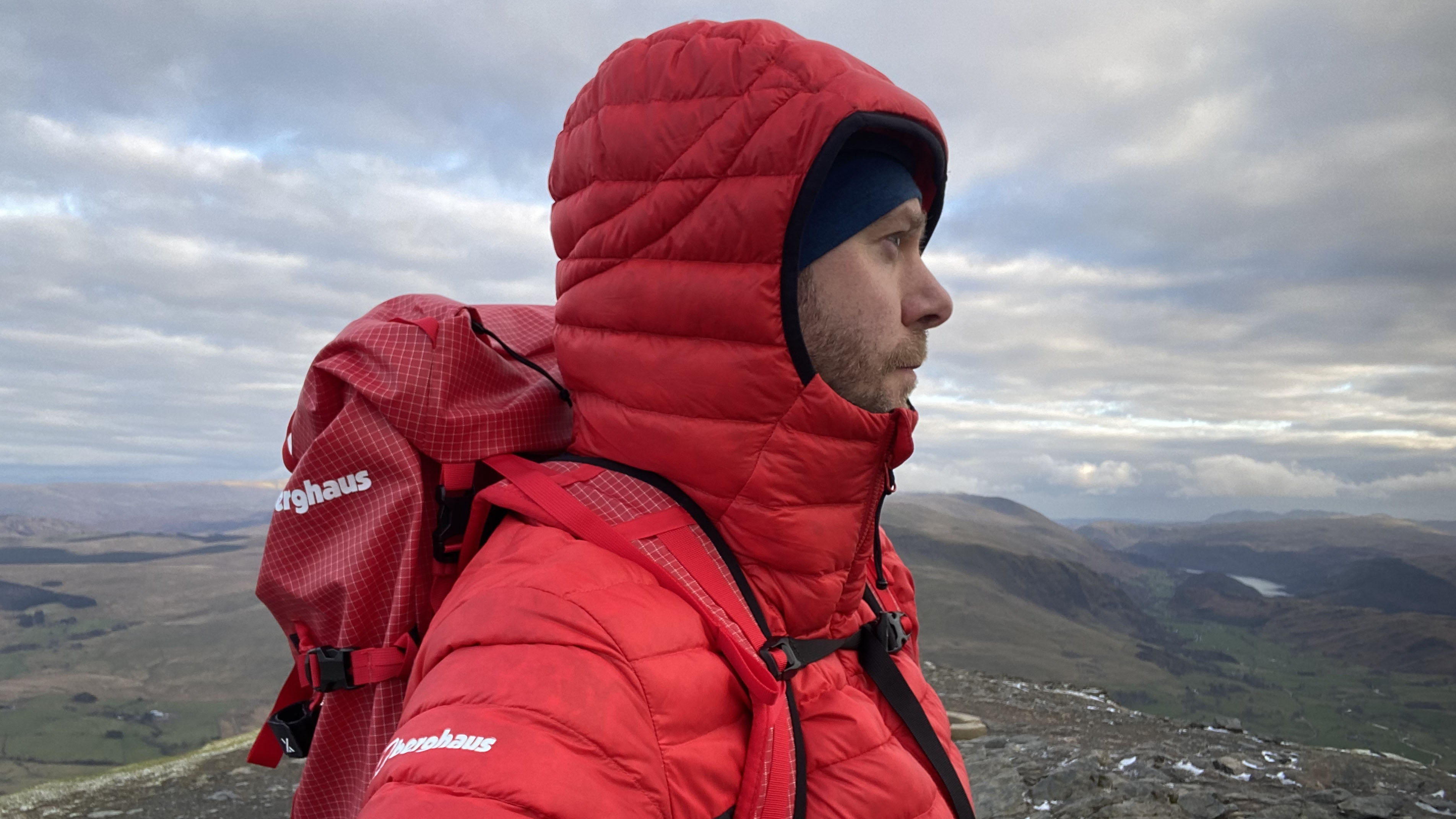
Alex is passionate about exploring the mountains all year round but he has a soft spot for winter, when the peaks are plastered in snow, the conditions are that little bit more challenging and days feel that much more adventurous. He's a qualified mountain leader and one of Advnture's experts when it comes to mountain kit.
Today's best deals
What are rain pants?
Rain pants are the trouser equivalent to waterproof jackets, designed to keep water out while still being relatively breathable. They feature waterproof membranes and DWR treatments to repel the rain, just like their jacket cousins. Some can be worn as standard hiking pants, while others are designed to be worn over the top of a pair of trousers and feature zippered sides that enable you to get them on quickly when the heavens open.
Whether you need them depends where you are...
- Rain pants are a good idea if you hike in wetter regions
- This is especially so if getting wet could lead to becoming dangerously cold
- In drier climes, rain pants are usually overkill
On one hike in Scotland, I became so saturated within the first hour that I was struggling to move my legs, and of course all the water dripped down my legs and soaked my socks, too.
Julia Clarke, Advnture staff writer
Honestly, whether or not you need rain pants for hiking largely depends on where you are. If you’re in New England, the Pacific Northwest or in the UK, for example, there’s a good chance that you’re going to encounter some precipitation and should probably look into getting a pair if you don’t want the weather to ruin your hiking plans. Getting soaked isn’t just uncomfortable – rain is usually accompanied by a drop in temperature and wearing wet clothing means it’s harder to keep yourself warm, which leads to the risk of hypothermia. If you’re carrying rain pants and the rain starts to get heavy, you can just pull them on over your regular hiking pants and keep walking.
But if you’re in California, Colorado, Utah or pretty much anywhere west or southwest? Carrying rain pants would probably be overkill. Although there is one caveat to that, so keep reading.
Advnture Newsletter
All the latest inspiration, tips and guides to help you plan your next Advnture!
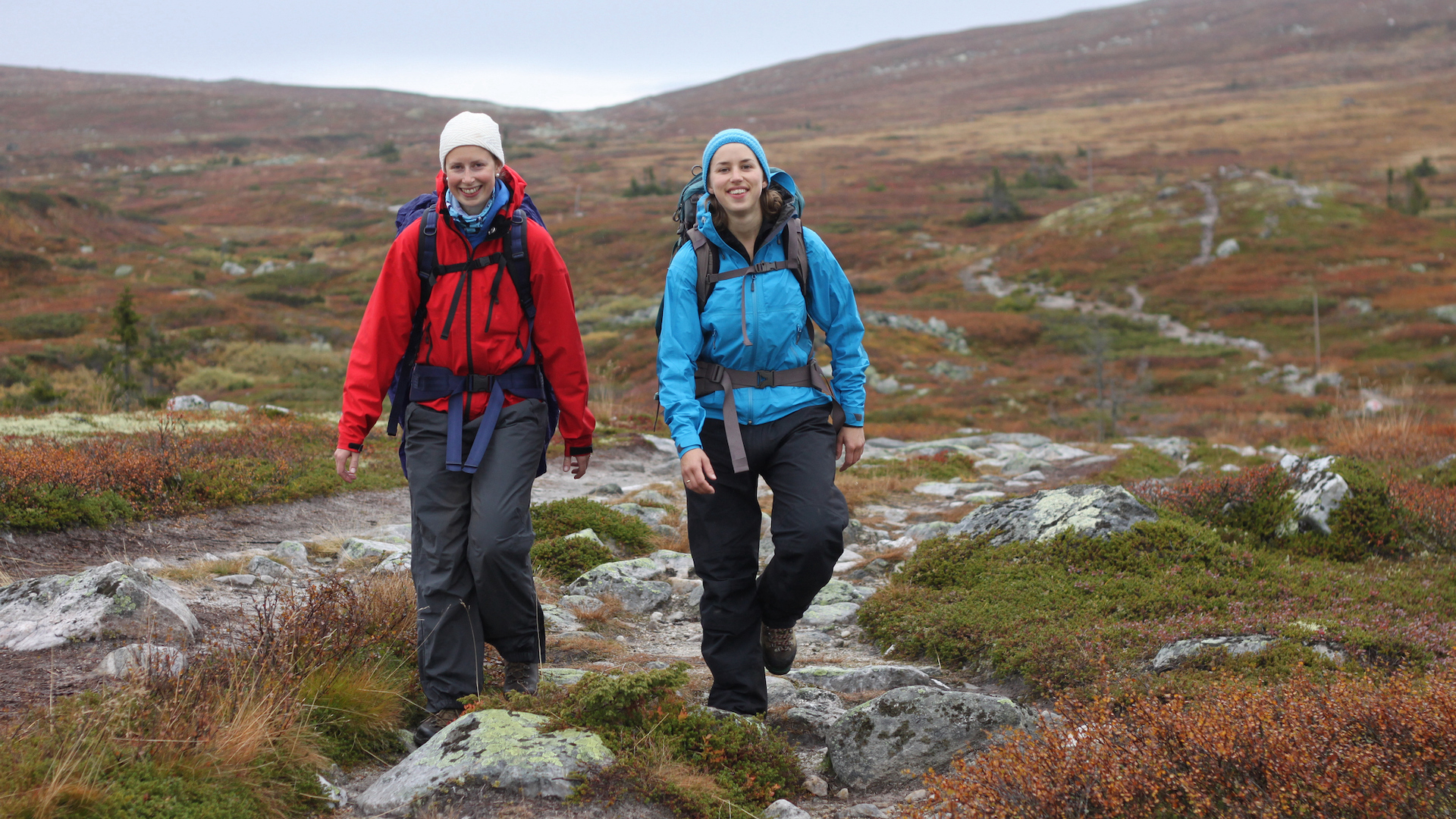
Whether you need them depends on the duration of your hike
- For a day hike, you might be able to get away with getting soaked
- On a multi-day hike, this becomes much more uncomfortable
There are few things worse than pulling on sodden pants in the morning. Wearing rain pants on wild camping trips keeps your standard hiking pants dry.
Alex Foxfield, Mountain Leader
Another consideration in addition to your location is the length of time you’re likely to be outdoors. For a day hike, you really may be able to get away with getting soaked. As long as there’s not likely to be a wild temperature swing where you get soaked and then temperatures drop below freezing (which could easily, by the way, happen at altitude) then you could just get back to the car, change your clothes and dry off.
But if you’re backpacking, or even thru-hiking, you’ll want to start thinking about bringing some extra leg protection for your adventures. It may not be raining when you set off on the Appalachian Trail in Georgia, but when you arrive in New England six months later, chances are you’ll hit some wet weather. When you’re backpacking and it starts raining, you could stop hiking and set up camp, but carrying rain pants could mean that you get to keep going and don’t fall behind on your journey.
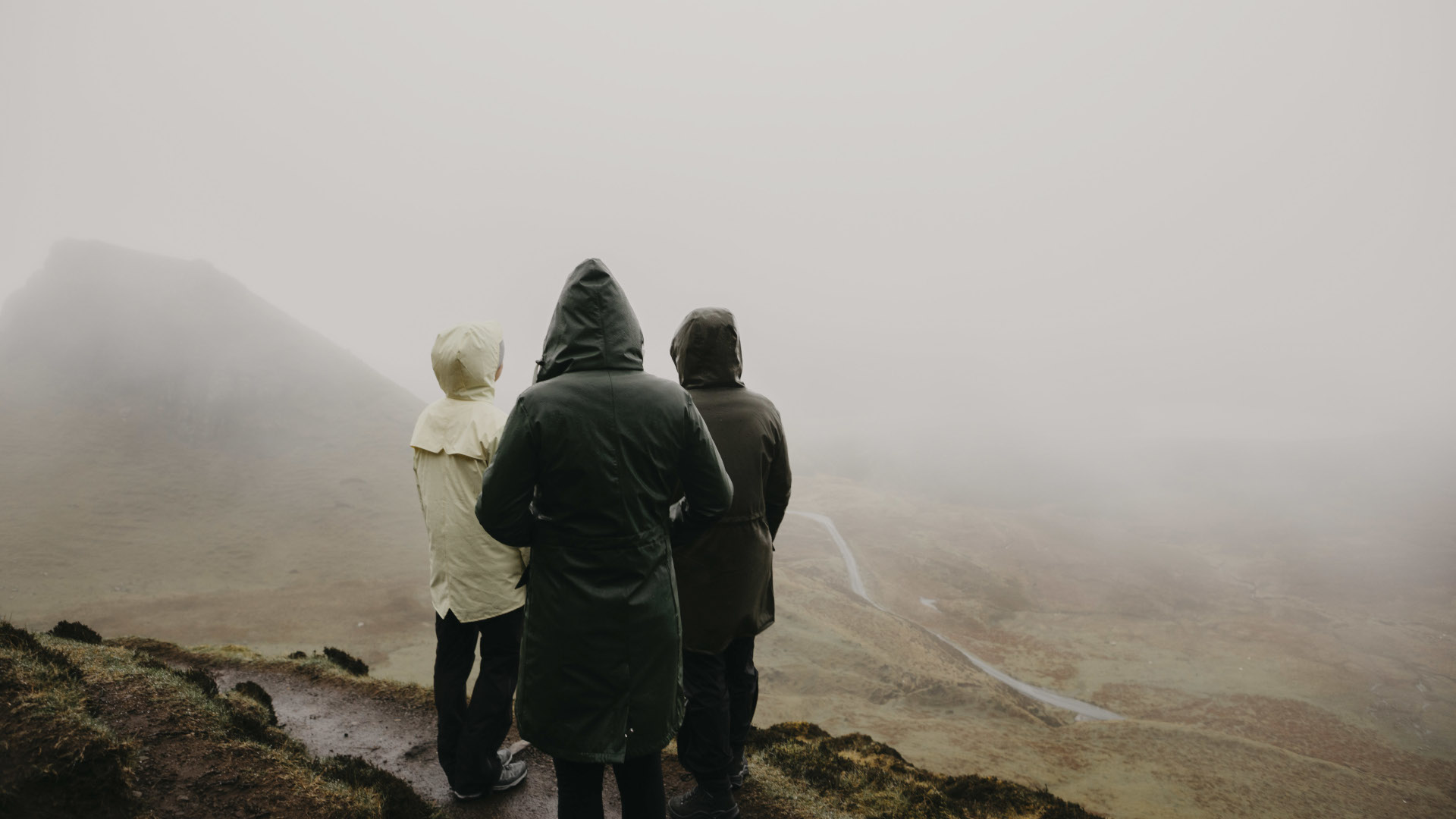
Whether you need them depends on the season
- Rain pants provide a protective shield around insulated trousers
- They're also highly wind resistant, as well as being obviously waterproof
The first time I wore my new insulated hiking pants, I was aghast to see they'd gotten a tear in them. I always wear rain pants over the top these days, as they provide protection against abrasion and they repel both the wind and the snow.
Alex Foxfield, Mountain Leader
If you're into winter walking or winter mountaineering in cold climes, a pair of insulated hiking pants with a pair of rain pants over the top is a good approach. Insulated trousers provide a lovely amount of warmth, think of them as being like a down jacket for your legs. However, like a down jacket, their face fabric isn't the most durable and it can easily tear when faced with a scramble or the kind of mixed rock and ice territory found in many mountaineering routes.
A pair of rain pants provides a more tear-resistant, hard wearing shield over your cozy insulated pants. Not only this, they repel the biting wind just as effectively as a waterproof hardshell, while they obviously stop any rain or snow too. So, for winter adventures, I'd always recommend donning a pair of rain pants.
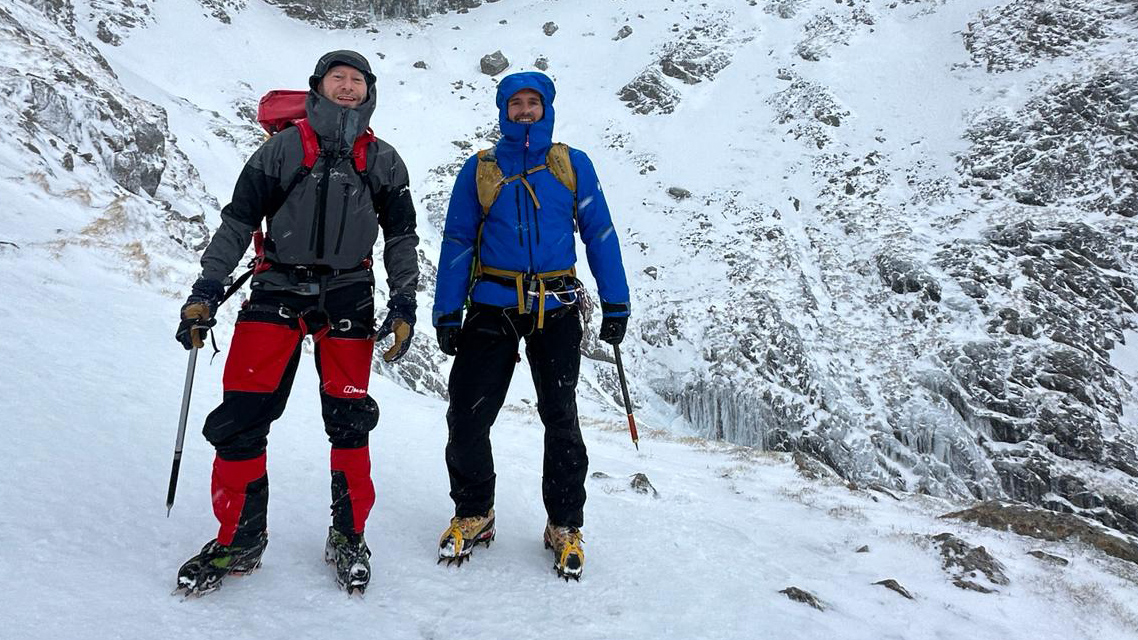
Tips for choosing rain pants
- Make sure the legs are wide enough so that you can get your hiking boot through them
- There's nothing wrong with a cheap, lightweight pair of overtrousers
If in reading this, you’ve realized that you do really need a pair of rain pants for hiking, you might still have some reservations. One of the main reasons people resist carrying rain pants for hiking is because they can be difficult to get on and off, make you sweaty and don’t always have pockets, so choosing the right pair is an important first step.
Make sure the legs are wide enough that you can get your hiking boot through them without falling over and look for a pair with thigh vents and pockets so you can still reach your gear. Haglöfs L.I.M ZT Shell GTX Pro Pants check all the boxes for us if you’re seeking a really rugged pair, but there’s absolutely nothing wrong with a cheap and lightweight pair of rain pants, so long as they’re easy to get on and keep the rain off.
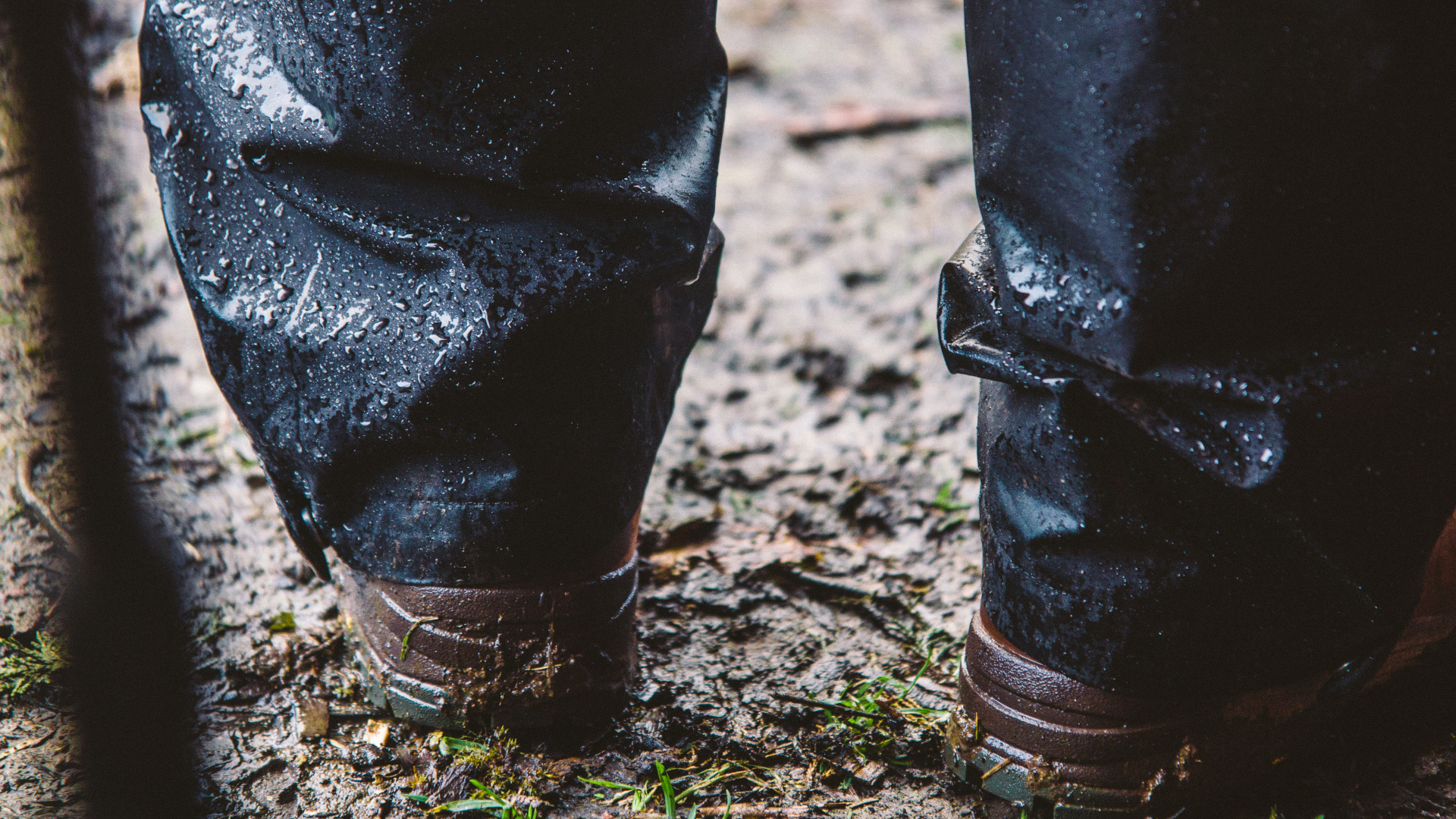
Alternatives to rain pants
- Fast-drying softshell pants might be a better option if you don't hike in wet climes
- You can get waterproof trousers that aren't overtrousers too
If you think rain pants aren’t necessary for where you’re going and you just want some lighter protection against the odd passing shower, all you really need to do is pick the right hiking pants. For day hiking or extremely arid locations, a suitable alternative to rain pants is a pair of water-resistant hiking pants that are made from really quick drying fabric. My favorite pair of hiking pants in this category are my Black Diamond Alpine Softshell Pants, which keep a light rain off and dry quickly when the rain stops. With a little wind protection, they’re adequate for cold (but not freezing) weather and I’ve worn them in all seasons in Scotland.
If, however, you might be looking at a lot of rain and cooler weather but still aren’t sold on the idea of stopping to pull on extra trousers every couple of hours, your best option is to choose waterproof hiking pants that are designed to be worn alone. Models such as the Páramo Cascada II Trousers are waterproof, but they’re not overtrousers, meaning you can wear them all day as your hiking pants.
Julia Clarke is a staff writer for Advnture.com and the author of the book Restorative Yoga for Beginners. She loves to explore mountains on foot, bike, skis and belay and then recover on the the yoga mat. Julia graduated with a degree in journalism in 2004 and spent eight years working as a radio presenter in Kansas City, Vermont, Boston and New York City before discovering the joys of the Rocky Mountains. She then detoured west to Colorado and enjoyed 11 years teaching yoga in Vail before returning to her hometown of Glasgow, Scotland in 2020 to focus on family and writing.

